Home>Furniture & Design>Kitchen Furniture>How To Clean Wood Dining Chairs
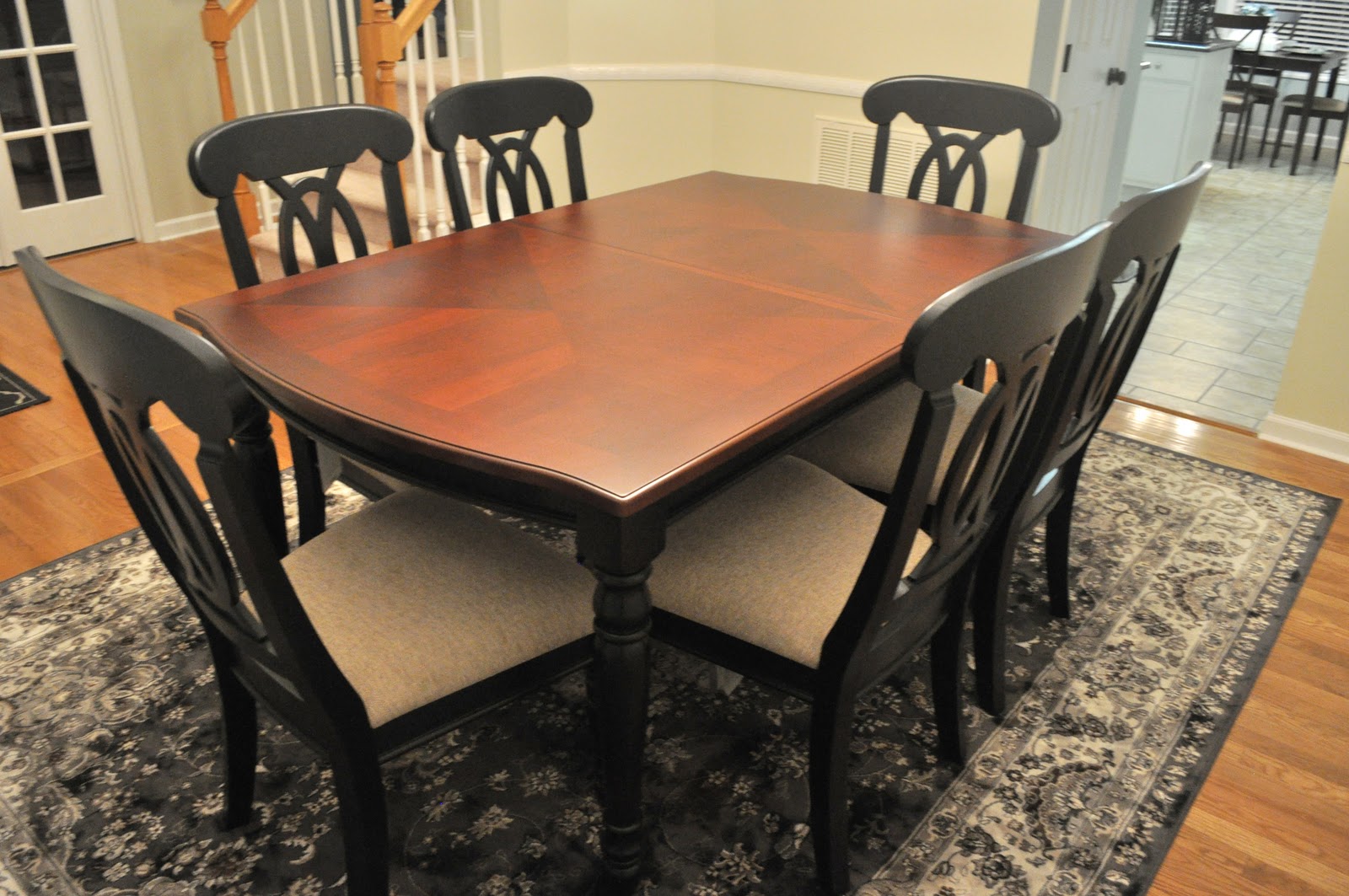

Kitchen Furniture
How To Clean Wood Dining Chairs
Published: January 31, 2024
Learn how to effectively clean and maintain your kitchen furniture with our expert tips for wood dining chairs. Keep your furniture looking great for years to come!
(Many of the links in this article redirect to a specific reviewed product. Your purchase of these products through affiliate links helps to generate commission for Storables.com, at no extra cost. Learn more)
Introduction
Wood dining chairs are not only functional pieces of furniture but also add warmth and elegance to any dining space. Over time, these chairs can accumulate dust, grime, and stains, detracting from their natural beauty. Proper cleaning and maintenance are essential to preserve the luster and longevity of wood dining chairs. By following the right cleaning techniques, you can ensure that your dining chairs remain in pristine condition for years to come.
In this comprehensive guide, we will walk you through the step-by-step process of cleaning wood dining chairs effectively. Whether your chairs are made of oak, cherry, walnut, or any other type of wood, the methods outlined here are designed to help you maintain their beauty without causing damage. From gathering the necessary supplies to conditioning the wood, each step is crucial in revitalizing your dining chairs and keeping them looking their best.
By investing time and effort into cleaning your wood dining chairs, you not only maintain their aesthetic appeal but also contribute to their durability. Regular cleaning and maintenance can prevent the buildup of dirt and grime, which can lead to premature wear and tear. Additionally, proper care can help retain the natural sheen of the wood, ensuring that your dining chairs continue to be a focal point of your dining area.
Whether you're preparing for a special gathering or simply want to revitalize your dining space, the process of cleaning wood dining chairs can be both rewarding and rejuvenating. With the right approach and attention to detail, you can transform dull, dirty chairs into stunning pieces that enhance the overall ambiance of your dining area. So, roll up your sleeves and get ready to bring out the timeless beauty of your wood dining chairs through the art of proper cleaning and maintenance.
Key Takeaways:
- Properly cleaning and maintaining wood dining chairs is essential to preserve their beauty and durability. From gathering supplies to conditioning the wood, each step is crucial in revitalizing the chairs and ensuring their longevity.
- By following the right cleaning techniques, you can transform dull, dirty chairs into stunning pieces that enhance the ambiance of your dining area. Regular cleaning and maintenance contribute to the chairs’ durability and aesthetic appeal.
Read more: How To Refinish Wood Dining Chairs
Step 1: Gather Your Supplies
Before embarking on the journey of cleaning your wood dining chairs, it's essential to gather the necessary supplies to ensure a thorough and effective cleaning process. Here's a detailed list of supplies you'll need:
-
Microfiber Cloth: This gentle and absorbent cloth is ideal for dusting and wiping down wood surfaces without leaving behind lint or scratches.
-
Vacuum Cleaner with Brush Attachment: A vacuum cleaner equipped with a soft brush attachment is perfect for removing dust and debris from crevices and intricate woodwork without causing damage.
-
Wood Cleaner: Choose a high-quality wood cleaner specifically formulated for cleaning and nourishing wood furniture. Look for a product that is suitable for the type of wood used in your dining chairs.
-
Soft-Bristled Brush: A soft-bristled brush, such as a paintbrush or a dedicated furniture brush, is useful for reaching intricate carvings and details on the chairs.
-
Stain Remover (Optional): If your wood dining chairs have stubborn stains, it's advisable to have a suitable wood stain remover on hand to tackle these blemishes effectively.
-
Wood Conditioner: To maintain the natural luster and moisture balance of the wood, a high-quality wood conditioner is essential for nourishing and protecting the chairs after cleaning.
-
Lint-Free Cloths: These cloths are perfect for applying wood cleaner and conditioner without leaving behind any residue or fibers.
-
Protective Gloves: While cleaning and conditioning your wood dining chairs, it's a good idea to protect your hands with disposable or reusable gloves to prevent direct contact with cleaning agents.
-
Mild Soap and Water: In case of minor spills or surface dirt, having a solution of mild soap and water prepared can be useful for gentle cleaning.
-
Protective Floor Covering: To safeguard your floor from any potential drips or spills during the cleaning process, consider using a protective covering such as a drop cloth or old towels.
By ensuring that you have all the necessary supplies at your disposal, you can streamline the cleaning process and achieve optimal results without the need for last-minute interruptions or delays. With these supplies in hand, you're ready to embark on the journey of restoring the natural beauty of your wood dining chairs.
Step 2: Dusting and Vacuuming
Dusting and vacuuming are essential initial steps in the process of cleaning wood dining chairs. These steps are crucial for removing loose dirt, dust, and debris that may have accumulated on the surface and in hard-to-reach areas of the chairs. By effectively eliminating these particles, you pave the way for a more thorough and successful cleaning process.
Dusting
Begin the cleaning process by using a microfiber cloth to gently dust the entire surface of the wood dining chairs. Microfiber cloths are ideal for this task as they effectively trap and hold onto dust particles without scratching or damaging the wood. Start from the top of the chairs and work your way down, ensuring that you pay attention to intricate carvings, crevices, and any decorative details. It's important to be thorough in this step to remove as much loose dust as possible before proceeding to the next stage.
Vacuuming
After dusting, it's time to use a vacuum cleaner with a soft brush attachment to further eliminate any remaining dust and debris. The soft brush attachment is gentle on the wood surface and is effective in reaching areas that may be difficult to access with a cloth. Carefully vacuum the entire surface of the chairs, paying special attention to seams, joints, and any ornate designs. This step not only removes loose particles but also prepares the chairs for the deeper cleaning that follows.
By diligently dusting and vacuuming your wood dining chairs, you set the stage for a more effective and efficient cleaning process. These initial steps ensure that the subsequent cleaning actions can be carried out with precision and thoroughness, ultimately leading to chairs that are not only clean but also primed for the next stages of revitalization.
Read more: How To Clean Fabric On Dining Chairs
Step 3: Cleaning with a Wood Cleaner
Cleaning wood dining chairs with a suitable wood cleaner is a pivotal step in the restoration process. A high-quality wood cleaner is specifically formulated to gently lift dirt, grime, and residues from the surface of the wood without causing damage. Before applying the wood cleaner, it's essential to carefully read the manufacturer's instructions to ensure proper usage and compatibility with your specific type of wood.
To begin, lightly dampen a soft, lint-free cloth with the wood cleaner. It's important to avoid oversaturating the cloth, as excessive moisture can potentially harm the wood. Starting from the top of the chair, gently wipe the entire surface in the direction of the wood grain. This method helps prevent streaking and ensures that the cleaner is evenly distributed across the wood.
For intricate carvings and hard-to-reach areas, a soft-bristled brush can be used in conjunction with the wood cleaner to effectively dislodge any embedded dirt. Care should be taken to avoid applying excessive pressure, as this could potentially scratch or mar the wood surface. The gentle agitation provided by the brush, combined with the cleaning properties of the wood cleaner, helps to lift away stubborn residues and reveal the natural beauty of the wood.
In the case of particularly stubborn stains or soiling, it may be necessary to allow the wood cleaner to sit on the affected area for a brief period, as per the manufacturer's recommendations. This dwell time allows the cleaner to penetrate and loosen the stain, making it easier to remove during the subsequent wiping process.
Once the entire surface has been cleaned, it's important to go over the chairs with a fresh, damp cloth to remove any residual cleaner. This step helps ensure that no cleaning product is left behind, which could potentially compromise the wood's finish over time.
By cleaning your wood dining chairs with a suitable wood cleaner, you not only remove accumulated dirt and grime but also prepare the wood for the next steps in the cleaning and revitalization process. This meticulous cleaning approach sets the stage for the chairs to regain their natural luster and beauty, bringing them one step closer to their former glory.
Remember, the key to successful wood chair cleaning lies in using the right products and techniques, and the careful application of a wood cleaner is a crucial component of this process. With the chairs now cleansed and refreshed, it's time to address any lingering stains and blemishes to complete the restoration process.
Step 4: Removing Stains
Stains on wood dining chairs can detract from their overall appearance, diminishing the natural beauty of the wood. Whether caused by spills, watermarks, or other sources, addressing stains is a crucial step in the cleaning process. By employing targeted techniques and products, you can effectively remove stains and restore the pristine look of your chairs.
Identifying the Stains
Before attempting to remove stains, it's essential to identify the type of stain and its severity. Common stains on wood dining chairs include water rings, food or beverage spills, ink marks, and grease spots. Each type of stain may require a specific approach for effective removal. Additionally, the age of the stain and the type of wood will influence the chosen stain removal method.
Gentle Stain Removal
For water rings or light stains, a gentle approach using mild soap and water can often yield positive results. Dampen a clean cloth with the soapy solution and gently blot the stained area, being careful not to oversaturate the wood. This method helps lift the stain without compromising the wood's finish.
Read more: How To Clean Velvet Dining Chairs
Stubborn Stain Treatments
For more stubborn or older stains, targeted stain removal products may be necessary. Wood-specific stain removers are available in the market and can be applied according to the manufacturer's instructions. These products are formulated to penetrate the wood's surface and lift persistent stains without causing damage. It's important to test any stain remover on a small, inconspicuous area of the chair first to ensure compatibility and to assess its effectiveness.
Sanding and Refinishing
In cases where stains are deeply ingrained or have penetrated the wood's finish, sanding and refinishing may be required. This method involves carefully sanding the affected area to remove the stained wood and then refinishing it to match the rest of the chair. While this approach requires more effort and expertise, it can effectively eliminate stubborn stains and restore the uniform appearance of the wood.
Post-Stain Treatment
After successfully removing the stains, it's crucial to clean the treated areas with a wood cleaner and ensure that any residual stain removal product is thoroughly removed. This step helps maintain the integrity of the wood and prepares it for the subsequent conditioning process.
By addressing stains with precision and care, you can rejuvenate your wood dining chairs and eliminate unsightly blemishes. With the stains effectively removed, the chairs are now ready for the final steps of conditioning and polishing, bringing them one step closer to their original splendor.
Step 5: Conditioning the Wood
After the thorough cleaning and stain removal process, conditioning the wood is a critical step in revitalizing and preserving the natural beauty of your dining chairs. Wood conditioning not only nourishes the wood but also helps maintain its moisture balance, preventing drying, cracking, and warping over time. This step is essential for prolonging the life of your wood dining chairs and ensuring that they continue to exude warmth and elegance in your dining space.
To condition the wood, it's important to use a high-quality wood conditioner specifically formulated for the type of wood used in your chairs. Before application, carefully read the manufacturer's instructions to ensure proper usage and compatibility with your wood. A reputable wood conditioner will contain nourishing oils and protective elements that penetrate the wood, enhancing its natural luster and resilience.
Begin by applying a small amount of wood conditioner onto a clean, lint-free cloth. Gently rub the conditioner onto the entire surface of the wood dining chairs, following the direction of the wood grain. This method ensures even coverage and allows the conditioner to penetrate the wood effectively. Pay special attention to any intricate details or carvings, ensuring that the conditioner reaches all exposed wood surfaces.
Allow the wood conditioner to be absorbed for the recommended duration, as specified by the manufacturer. This dwell time allows the conditioner to deeply nourish the wood, replenishing its natural oils and revitalizing its appearance. After the designated period, use a fresh, clean cloth to wipe off any excess conditioner, ensuring that the wood surface is left with a smooth and uniform finish.
The conditioning process not only restores the wood's natural sheen but also provides a protective barrier against environmental elements and daily wear. Regular conditioning helps maintain the integrity of the wood, preserving its rich color and texture for years to come. By incorporating wood conditioning into your cleaning routine, you contribute to the long-term durability and aesthetic appeal of your wood dining chairs.
With the wood now thoroughly conditioned, the final step involves drying and polishing the chairs to complete the revitalization process. By following these comprehensive steps, you can ensure that your wood dining chairs remain stunning focal points in your dining area, exuding timeless charm and sophistication.
Read more: How To Clean Faux Leather Dining Chairs
Step 6: Drying and Polishing
After completing the essential steps of cleaning, dusting, removing stains, and conditioning, the final phase of the wood dining chair restoration process involves thorough drying and polishing. This critical step ensures that the chairs are left with a radiant finish, ready to reclaim their position as stunning focal points in your dining area.
Drying the Wood
Properly drying the wood is crucial to prevent moisture-related issues and to prepare the chairs for the final polishing stage. After the application of wood conditioner, allow the chairs to air dry in a well-ventilated area. It's important to avoid exposing the chairs to direct sunlight or heat sources, as this can lead to uneven drying and potential damage to the wood. Patience is key during this phase, as allowing the wood to dry naturally ensures that the conditioning treatment fully penetrates and nourishes the wood fibers.
Polishing for a Radiant Finish
Once the wood dining chairs are completely dry, it's time to polish them to bring out their natural luster and beauty. A high-quality furniture polish or wax specifically designed for wood can be applied to enhance the sheen and provide a protective layer. Using a clean, soft cloth, apply a small amount of polish to the entire surface of the chairs, working in the direction of the wood grain. This method ensures an even application and a uniform finish across the wood.
After applying the polish, gently buff the chairs with a separate clean cloth to remove any excess product and to achieve a smooth, glossy finish. The polishing process not only adds a layer of protection to the wood but also accentuates its inherent richness and depth. The chairs will exude a renewed radiance, showcasing the natural beauty of the wood and the meticulous care invested in their restoration.
By diligently following the steps of drying and polishing, you complete the comprehensive process of cleaning and revitalizing your wood dining chairs. The chairs are now poised to reclaim their role as captivating elements in your dining space, radiating timeless elegance and charm. With their renewed luster and pristine appearance, the wood dining chairs stand as a testament to the transformative power of proper care and maintenance, ensuring that they continue to enrich your dining experience for years to come.
Conclusion
In conclusion, the process of cleaning and revitalizing wood dining chairs is a labor of love that yields rewarding results. By following the comprehensive steps outlined in this guide, you have embarked on a journey to restore the natural beauty and elegance of your dining chairs. From gathering the necessary supplies to meticulously dusting, cleaning, removing stains, conditioning, and finally, drying and polishing, each step has been instrumental in rejuvenating the wood and preserving its timeless allure.
As you stand back and admire the gleaming wood dining chairs, you can take pride in the dedication and care invested in their restoration. The chairs now exude a renewed radiance, showcasing their inherent richness and depth. The intricate details and natural grain of the wood are accentuated, serving as a testament to the transformative power of proper cleaning and maintenance.
Beyond their visual appeal, the revitalized wood dining chairs contribute to the overall ambiance of your dining space. Their warmth and elegance create an inviting atmosphere, setting the stage for memorable gatherings and shared meals. The chairs stand as more than just functional pieces of furniture; they embody the craftsmanship and artistry of woodwork, adding a touch of sophistication to your dining area.
By incorporating regular cleaning and maintenance into your routine, you ensure that the wood dining chairs continue to be cherished elements in your home for years to come. The process of cleaning and revitalizing these chairs is not merely a task but a commitment to preserving their beauty and longevity. With each cleaning session, you reaffirm your dedication to upholding the timeless allure of wood furniture.
As you conclude this revitalization journey, take a moment to appreciate the transformation that has taken place. The wood dining chairs now stand as radiant focal points, embodying the enduring charm and character of well-maintained wood furniture. Through your meticulous care and attention, these chairs will continue to enrich your dining experience, creating lasting memories and moments of shared joy.
In the end, the process of cleaning wood dining chairs transcends mere maintenance; it is a celebration of craftsmanship, heritage, and the enduring beauty of wood. With the knowledge and techniques gained from this guide, you are equipped to ensure that your wood dining chairs remain captivating centerpieces, embodying the timeless allure of wood in your home.
Frequently Asked Questions about How To Clean Wood Dining Chairs
Was this page helpful?
At Storables.com, we guarantee accurate and reliable information. Our content, validated by Expert Board Contributors, is crafted following stringent Editorial Policies. We're committed to providing you with well-researched, expert-backed insights for all your informational needs.
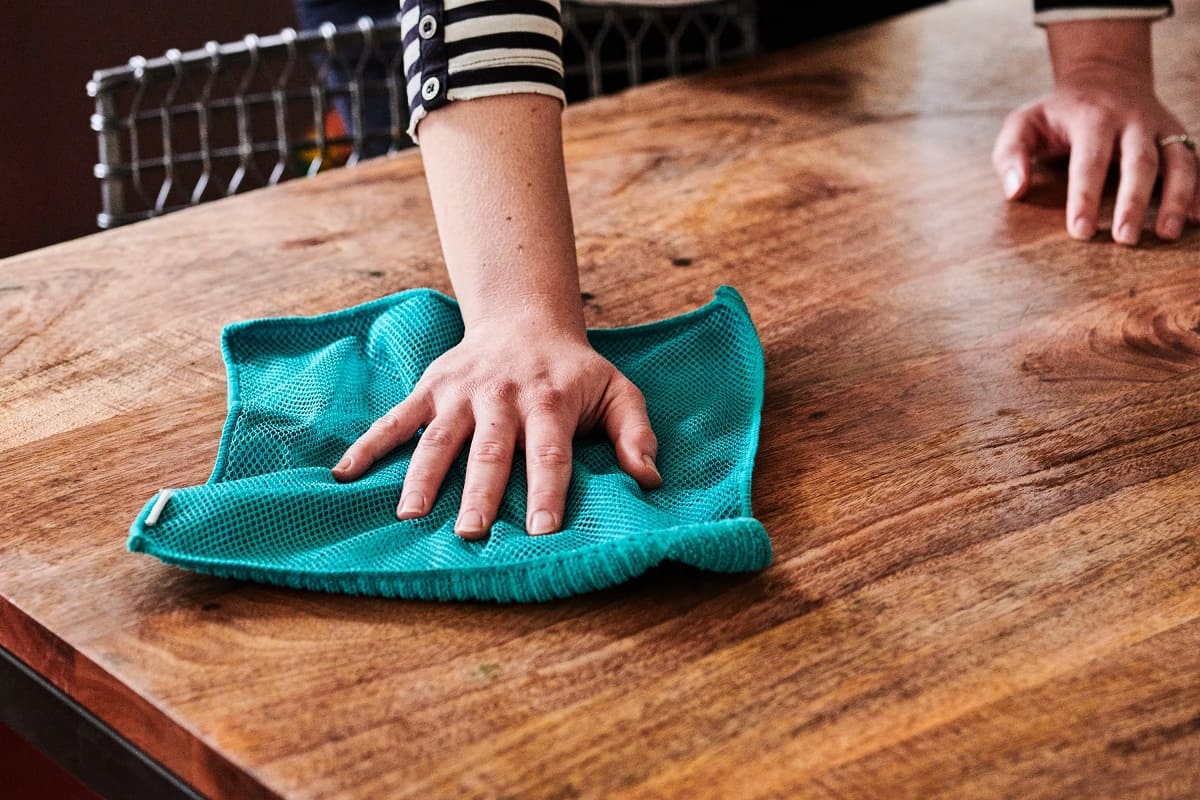
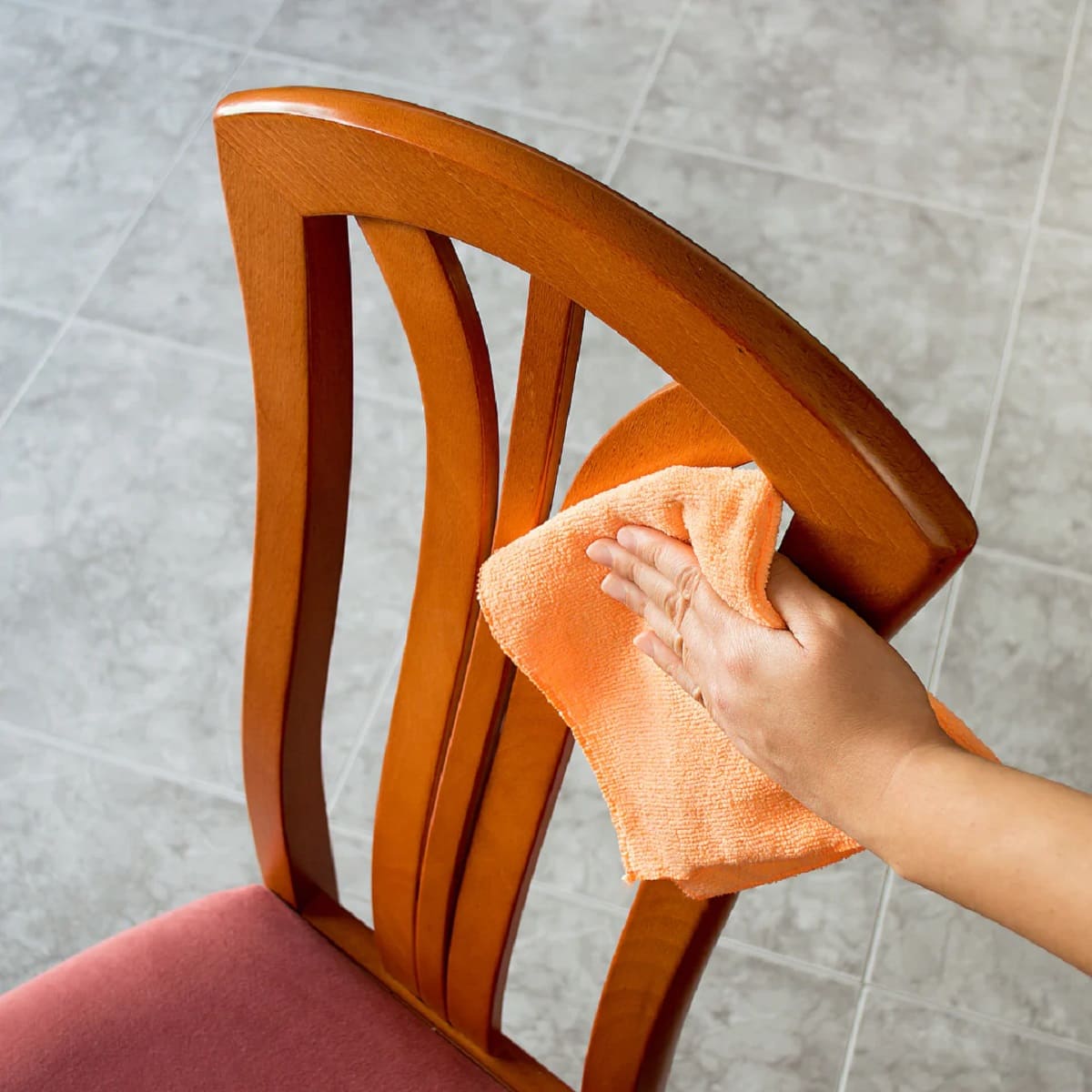
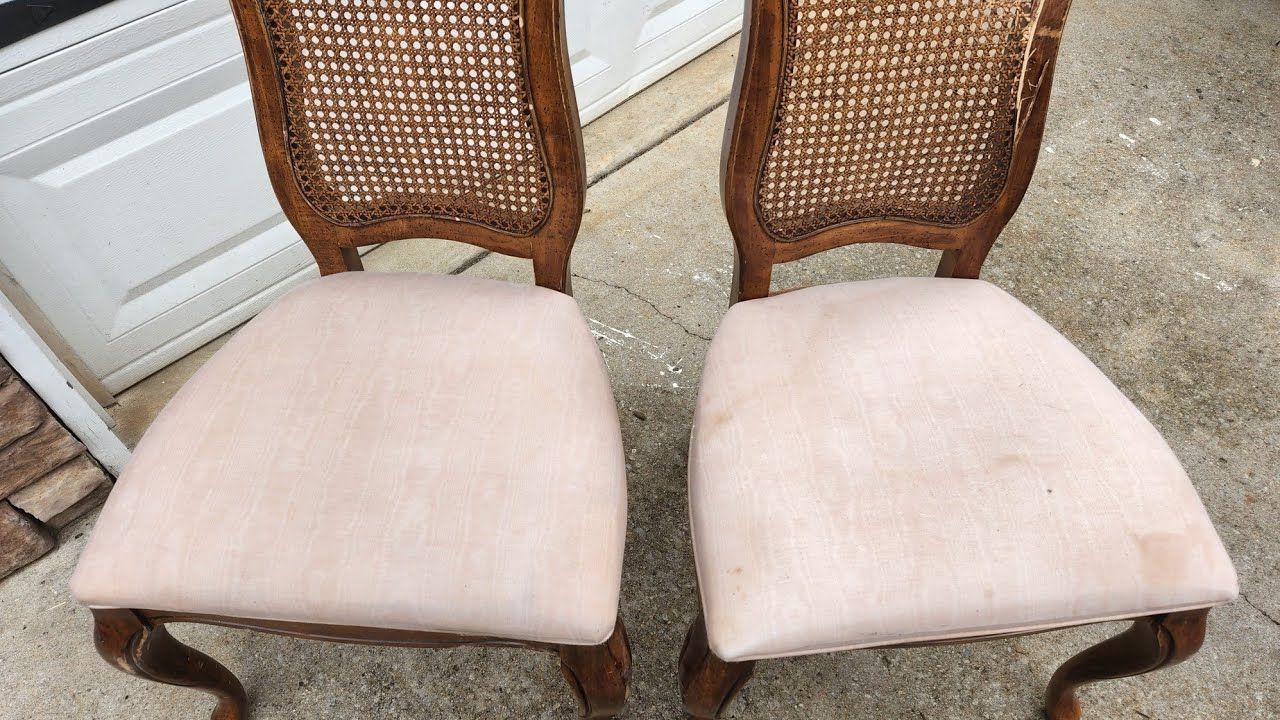
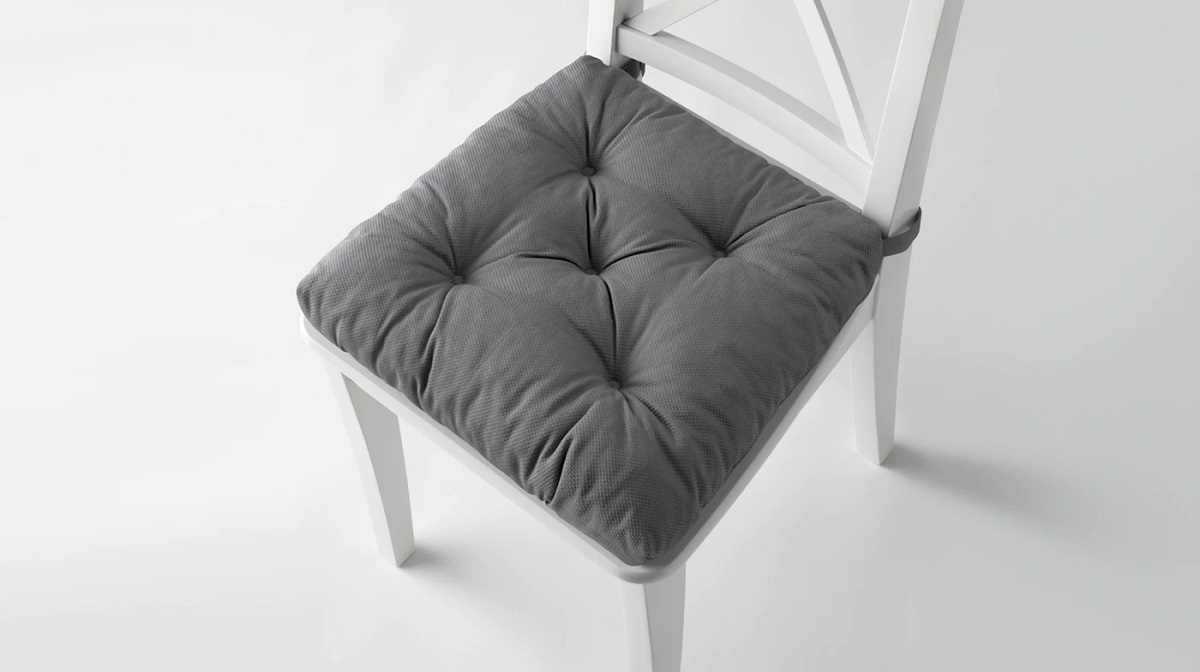

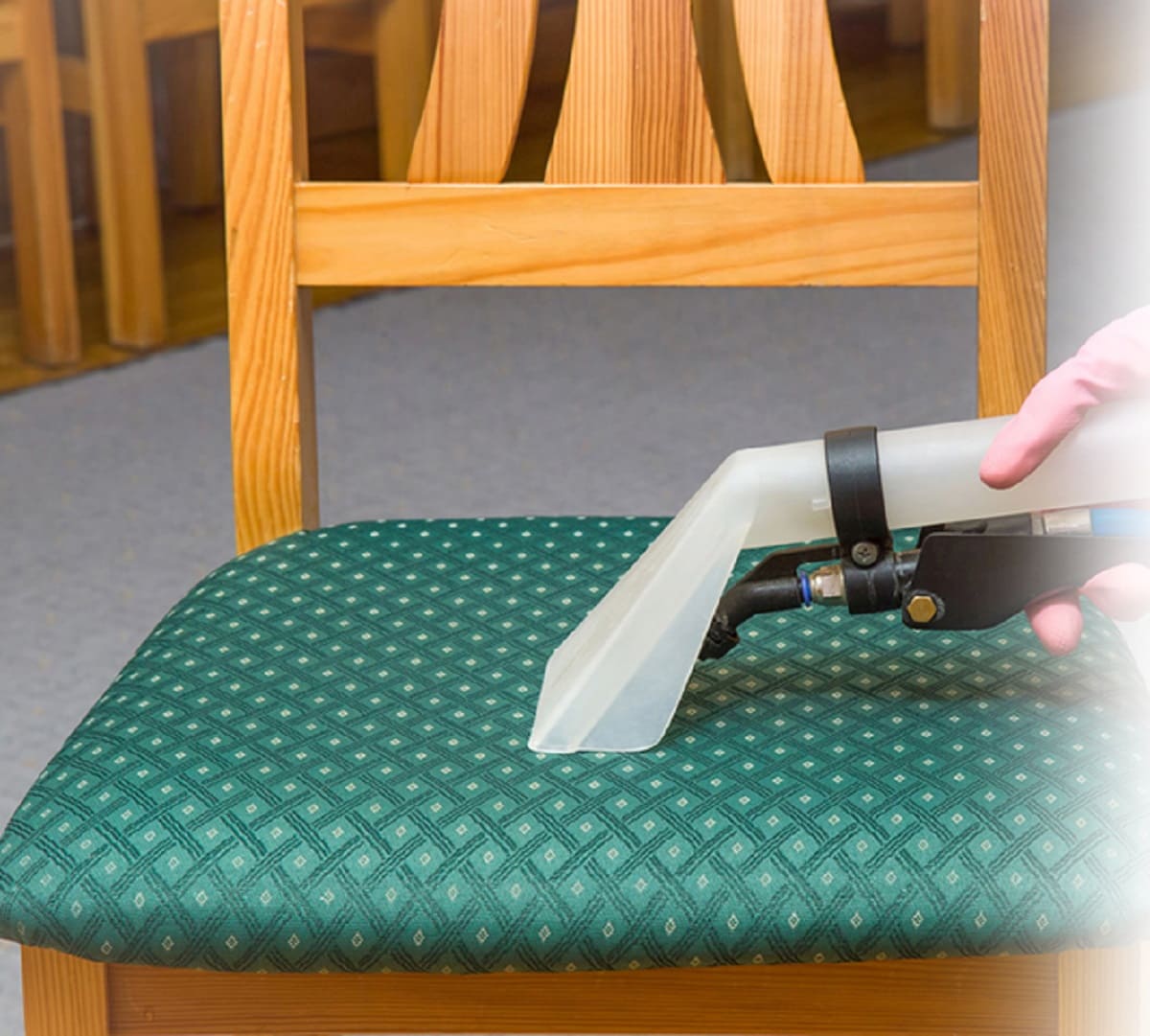

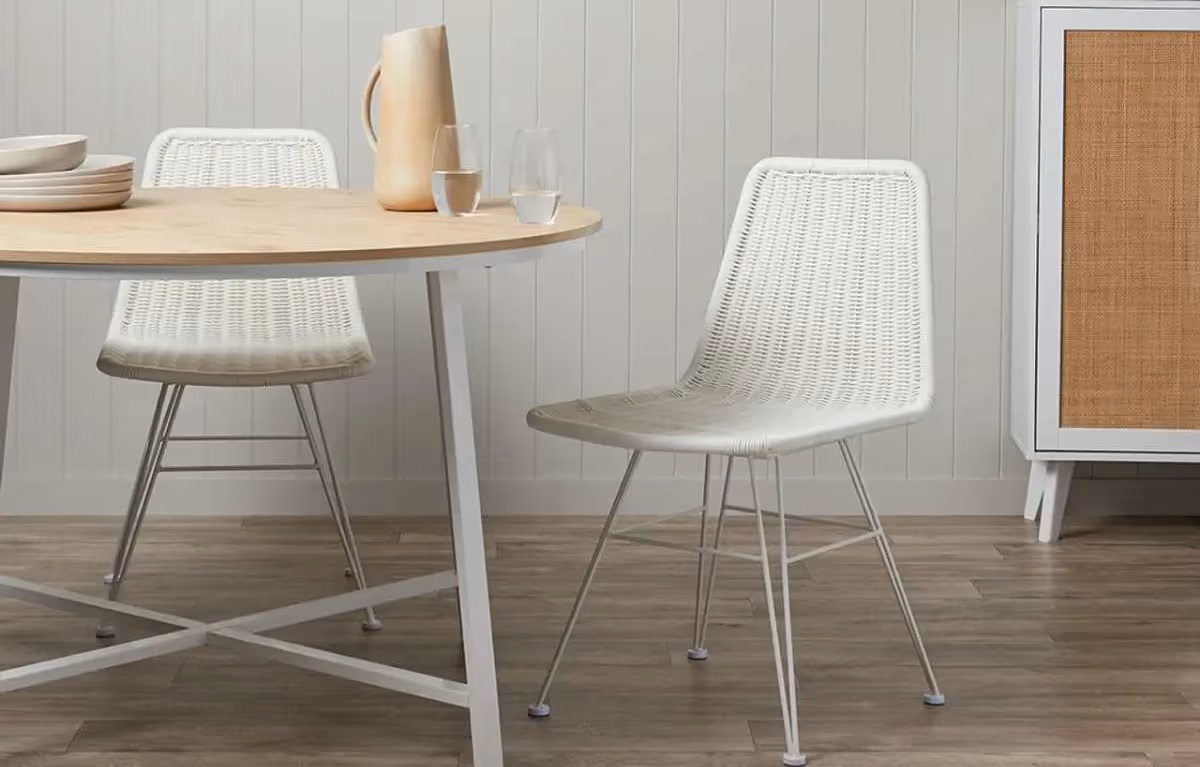
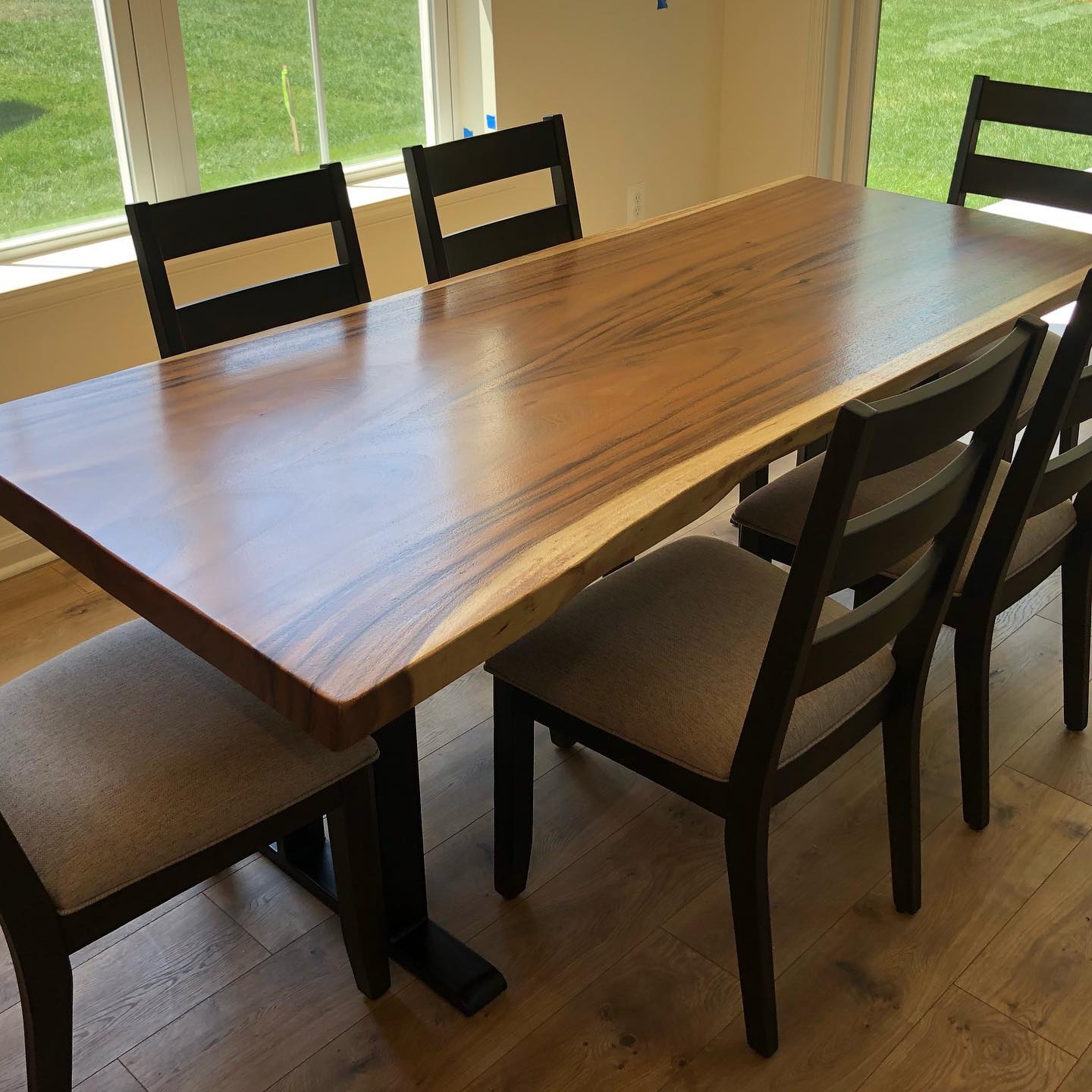
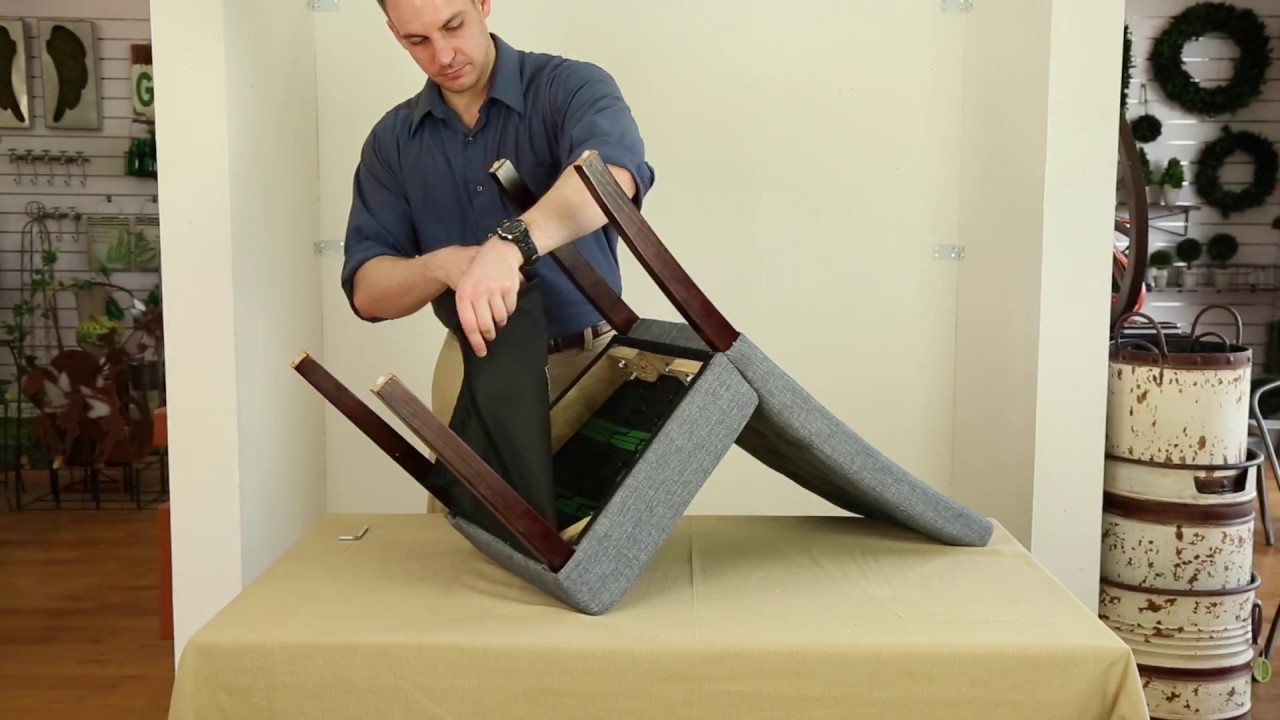
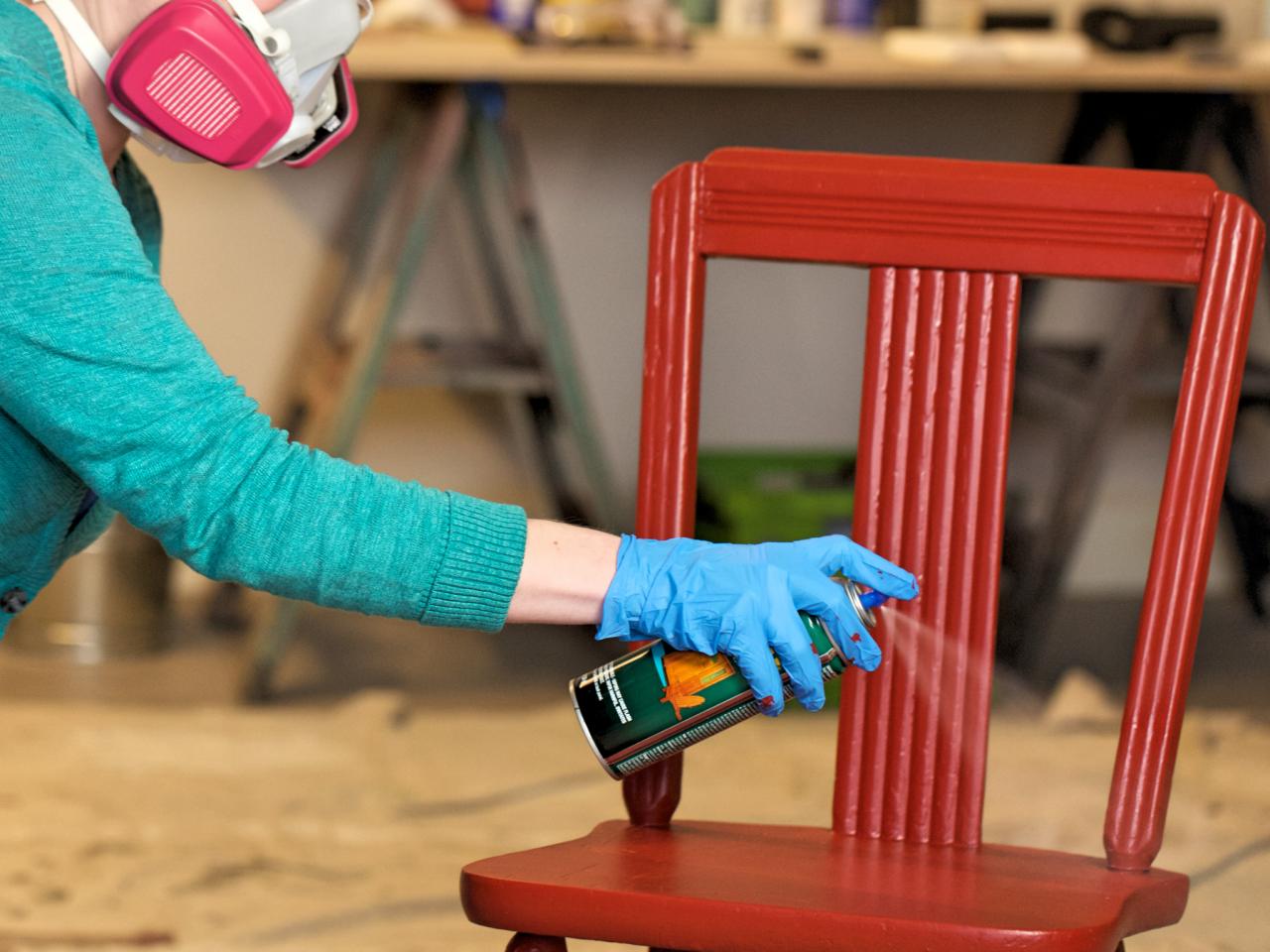
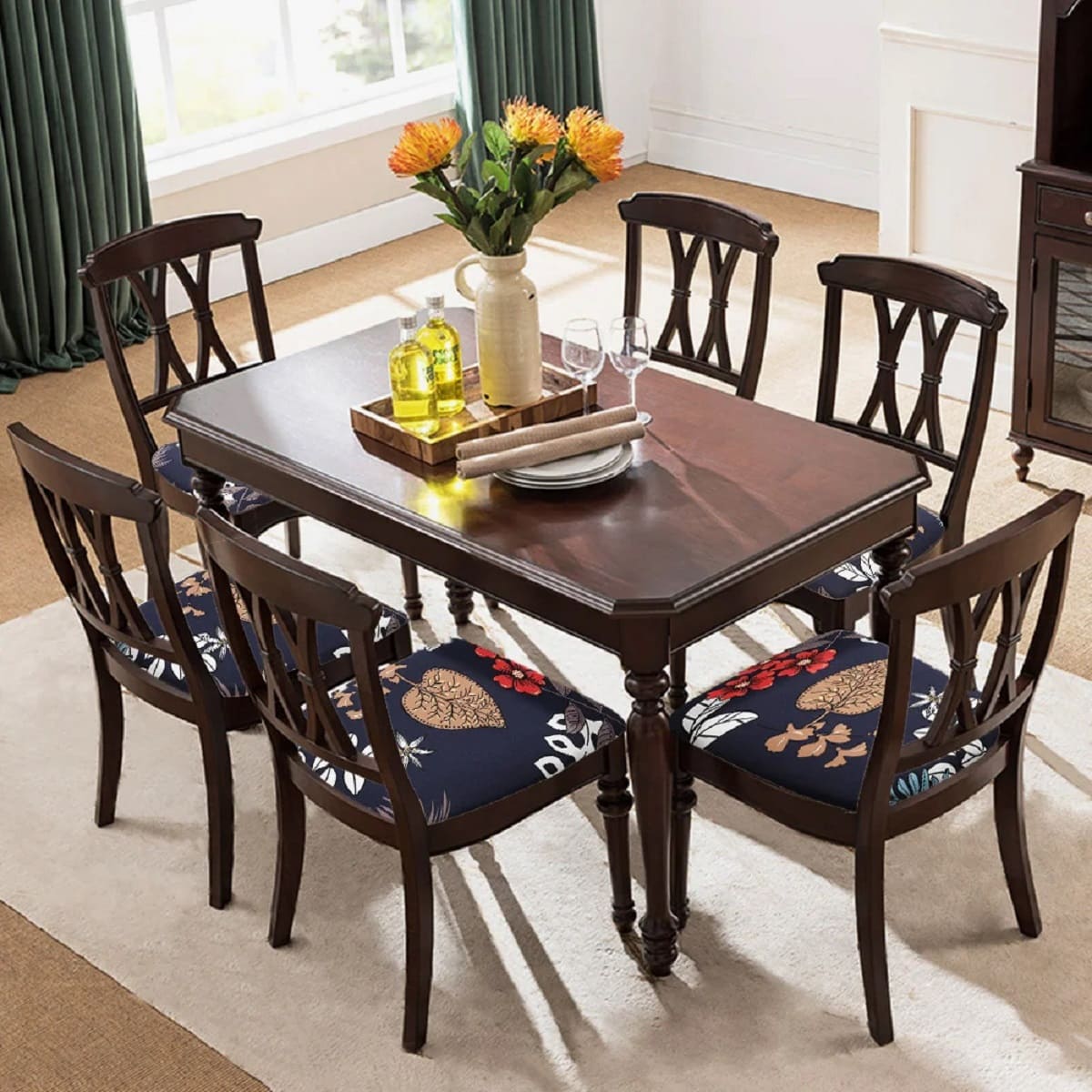

0 thoughts on “How To Clean Wood Dining Chairs”